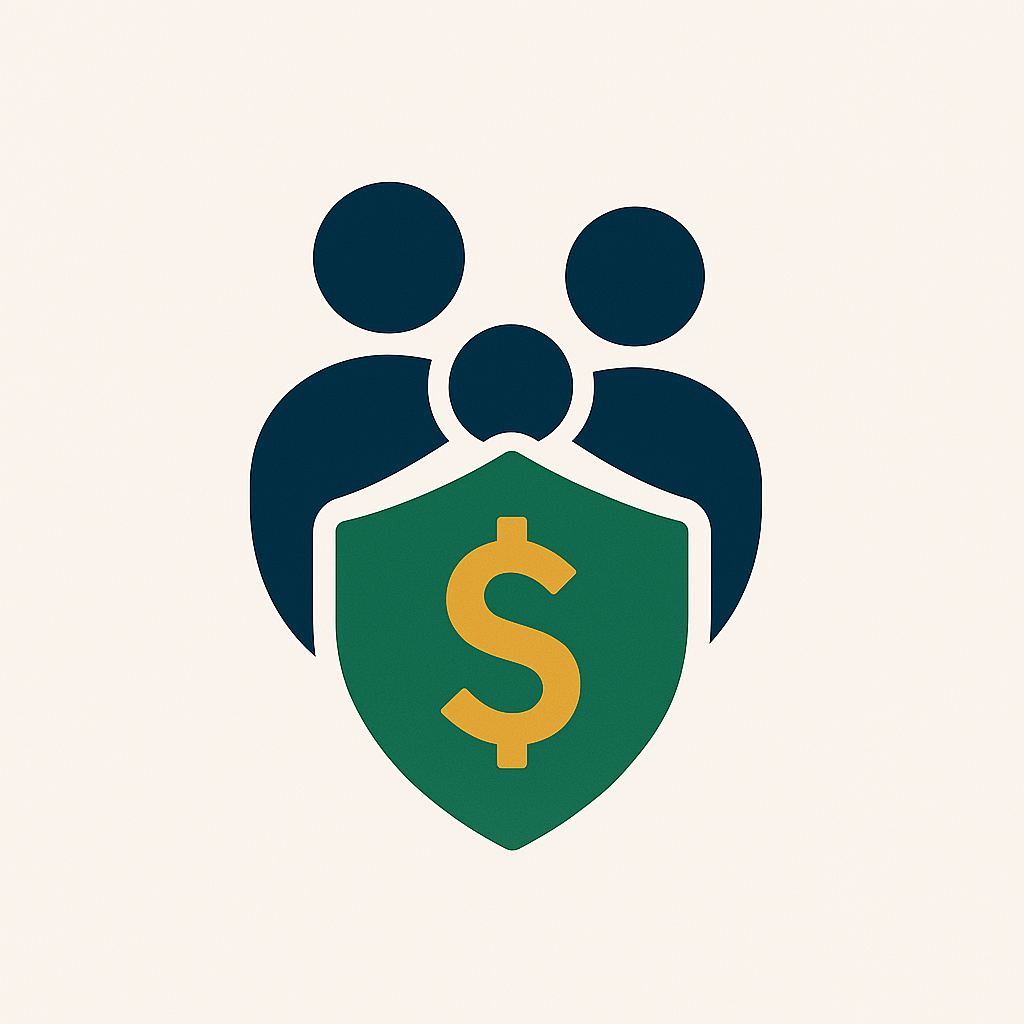10 Things To Stop Buying If You Want To Hit Your Financial Goals
Is it time to take a step back and re-evaluate your spending habits? The allure of instant gratification and the dopamine rush from buying can be overwhelming. But what if there were ways to curb your spending and achieve your financial goals faster?
It’s time to embark on a financial journey to redefine what “spending” truly means. Let’s explore 10 practical steps that can help you prioritize your needs, establish healthy financial habits, and ultimately, hit those financial goals you’ve been working so hard for.
1. Reassess Your Financial Goals and Priorities:
* Take a realistic assessment of your income and expenses.
* Identify non-essential spending habits and areas where you can cut back.
* Revisit your long-term financial goals and adjust your spending accordingly.
2. Prioritize Savings and Investments:
* Set specific savings goals for short-term and long-term objectives.
* Automate regular savings contributions to build up your emergency fund.
* Invest your savings to generate passive income that can offset your expenses.
3. Embrace DIY and Reduce Subscription Services:
* Explore DIY options for household chores and repairs.
* Cancel unused subscription services that you no longer use.
* Consider switching to cheaper, reliable brands for essential purchases.
4. Cook More Meals at Home:
* Save the money you would have spent on dining out.
* Invest the time to learn basic cooking skills and create delicious meals.
* Enjoy the social aspect of cooking and sharing meals with family and friends.
5. Cancel Unused Subscriptions:
* Review your monthly bills and cancel subscriptions you no longer use.
* Unsubscribe from mailing lists and newsletters you don’t subscribe to.
* Regularly evaluate subscriptions to ensure you’re getting value for your money.
6. Prioritize Debt Repayment:
* Focus on paying off high-interest debt first.
* Create a debt repayment plan and stick to it diligently.
* Avoid taking on new debt while you’re still working to manage existing debt.
7. Track Your Spending and Use Apps:
* Use budgeting apps and financial management tools to track your income and expenses.
* Regularly review and analyze your spending habits to identify areas for improvement.
* Set spending limits on apps and websites you frequently use.
8. Negotiate Bills and Contracts:
* Review your bills and contracts for recurring subscriptions.
* Look for discounts and negotiate lower rates for services you use frequently.
* Compare quotes from different providers to secure the best deals.
9. Seek Professional Advice:
* Consult a financial advisor or planner for personalized guidance.
* Learn about budgeting, saving, and investment strategies.
* Seek help with debt management and financial planning.
10. Embrace a Sustainable Lifestyle:
* Reduce your carbon footprint by choosing eco-friendly products and transportation options.
* Focus on experiences and relationships over material possessions.
* Practice mindful spending and avoid impulse purchases.
Remember, achieving financial freedom is a journey, not a destination. By implementing these strategies, taking small steps, and staying committed to your goals, you can create a more secure and fulfilling financial future.
Start your financial transformation today! Let go of unnecessary spending and pave the way for a brighter financial future.

Leave a Reply